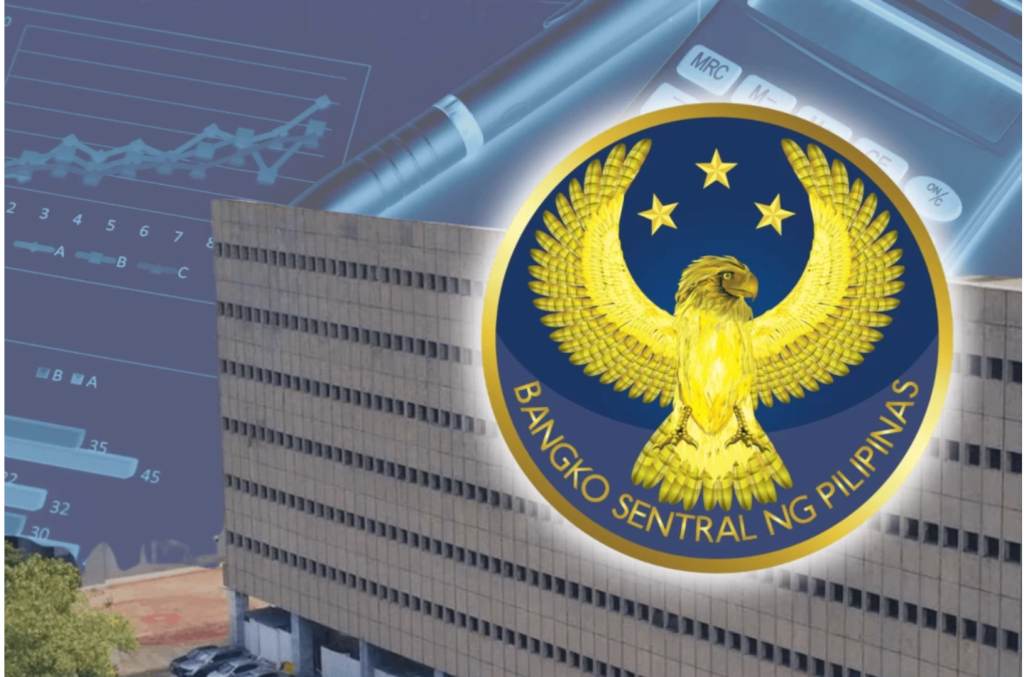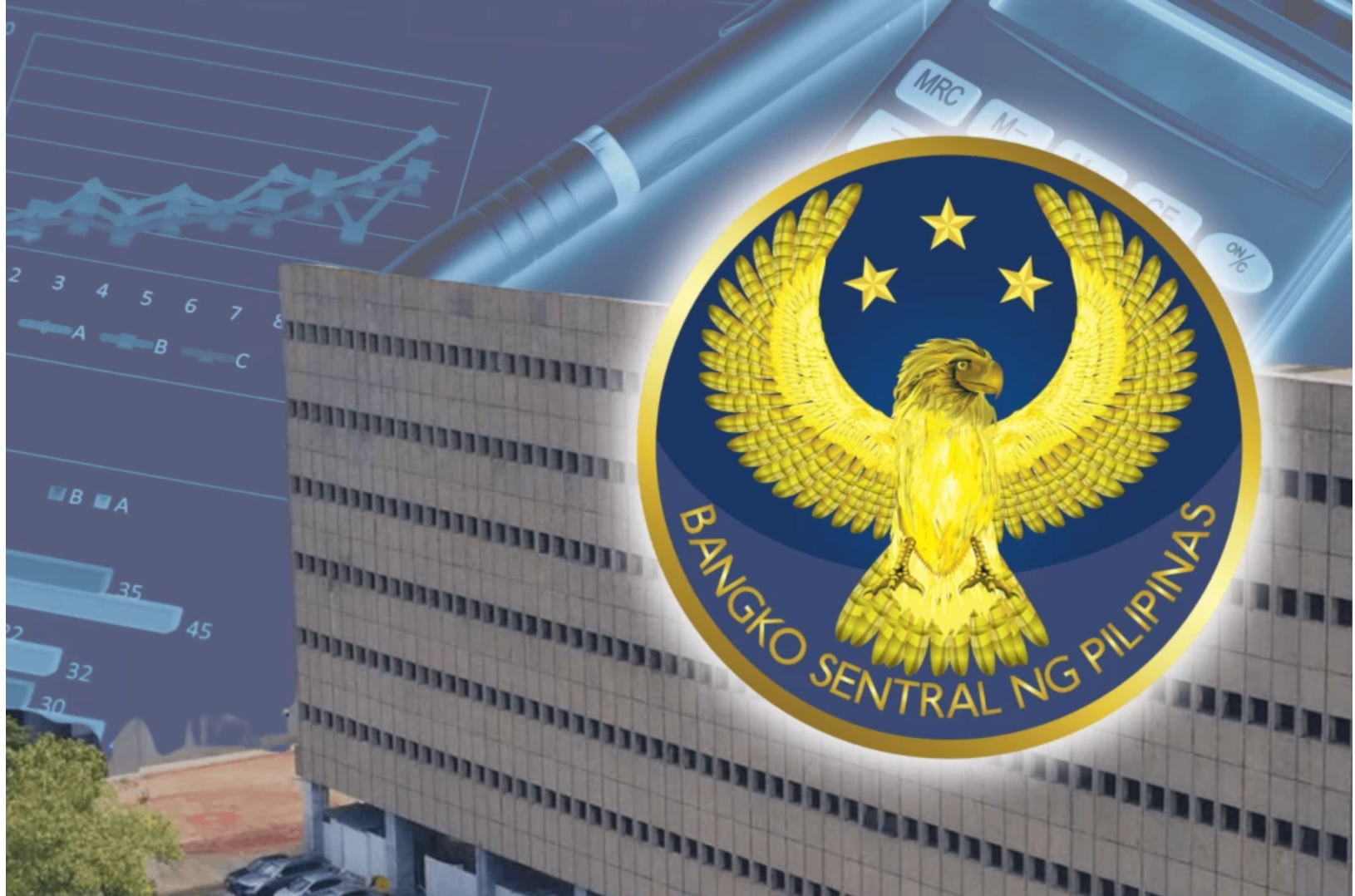The Bangko Sentral ng Pilipinas (BSP) has announced that it will close its application window for new digital bank licenses on December 1, 2025, giving interested applicants just two months to finalize their submissions. After the deadline, no new applications will be accepted until further notice.
The move follows the Monetary Board’s approval of a new moratorium on digital bank licensing on September 18, 2025, a decision that underscores the regulator’s cautious yet supportive approach to fostering digital innovation while safeguarding financial stability.
Applicants have until November 30, 2025 to submit their complete documentation.

The BSP emphasized that applications will be reviewed strictly on a first-come, first-served basis and must meet all requirements in both form and substance. Incomplete or non-compliant applications will automatically be disqualified once the window closes.
Managing growth amid rapid digital adoption
Digital banks have been one of the most visible symbols of fintech innovation in the Philippines, rapidly expanding financial services to previously underserved segments of the population. With mobile-first models and lower overhead compared to traditional banks, they have become instrumental in advancing the BSP’s goal of greater financial inclusion.
But with opportunity comes risk. BSP officials said the latest moratorium is designed to manage the pace of growth in the sector and prevent the system from overheating. By tightening the window, the regulator aims to ensure that only players with strong governance, adequate capitalization, and robust risk management frameworks are allowed into the fold.

“The BSP continues to support innovation in the financial sector,” the central bank said in a statement under its Digital Payments Transformation Roadmap. “At the same time, we must ensure that new entrants are equipped with sound governance, strong risk management, and a compelling value proposition that addresses the evolving needs of Filipinos.”
A limited but growing field
Currently, six licensed digital banks are operating in the Philippines, including both homegrown and foreign-backed institutions. These players have been at the forefront of introducing features such as fully online account openings, instant credit approvals, high-interest savings accounts, and app-based payments.
In January 2025, the BSP lifted its earlier moratorium and raised the cap on digital banks from six to ten, allowing for an additional four new licenses. That decision was widely welcomed by the fintech sector, which had been lobbying for more players to stimulate competition and innovation.
Now, with the new moratorium in place, the total number of digital banks in the country will likely remain capped at ten, at least in the near term.
Implications for consumers and fintech startups

For fintech startups and financial institutions eyeing a digital banking license, the announcement effectively creates a short window of opportunity. Those who have prepared their applications will need to move quickly to secure one of the remaining slots. For others, the door may remain closed for several years, as BSP has not provided a timeline for lifting the moratorium.
The decision also reflects the BSP’s balancing act between encouraging innovation and maintaining stability. Digital banks are expected to play a transformative role in expanding access to credit, savings, and digital payments, particularly in underserved rural areas.
However, unchecked growth could expose the financial system to governance and operational risks, especially from undercapitalized or poorly managed entrants.
Market analysts say the moratorium is a signal that the BSP wants to consolidate the gains made by early digital banks before opening the field further. “The BSP is giving the current digital banks a chance to prove their models are sustainable, while also protecting consumers from potential failures if weaker players were to enter,” one banking industry expert observed.
What’s next for the BSP?

As the deadline looms, industry watchers expect a flurry of activity among potential applicants. Established fintech firms, consortiums of traditional banks and technology companies, and even foreign players with regional ambitions may all race to secure one of the coveted licenses.
For consumers, the immediate impact is limited, as existing digital banks will continue to operate and compete to expand their customer bases. Over the long term, however, the moratorium may slow the pace of new innovations entering the market, at least until the BSP reopens the application process.
Still, the central bank maintains that this is a necessary pause to ensure that digital banking’s rapid growth remains aligned with the broader objectives of financial inclusion, consumer protection, and systemic stability.
The coming months will be decisive — not just for the applicants, but for the Philippines’ broader fintech landscape. With only a handful of licenses left to grant, the BSP’s decision will shape the competitive dynamics of the country’s digital banking sector for years to come.








